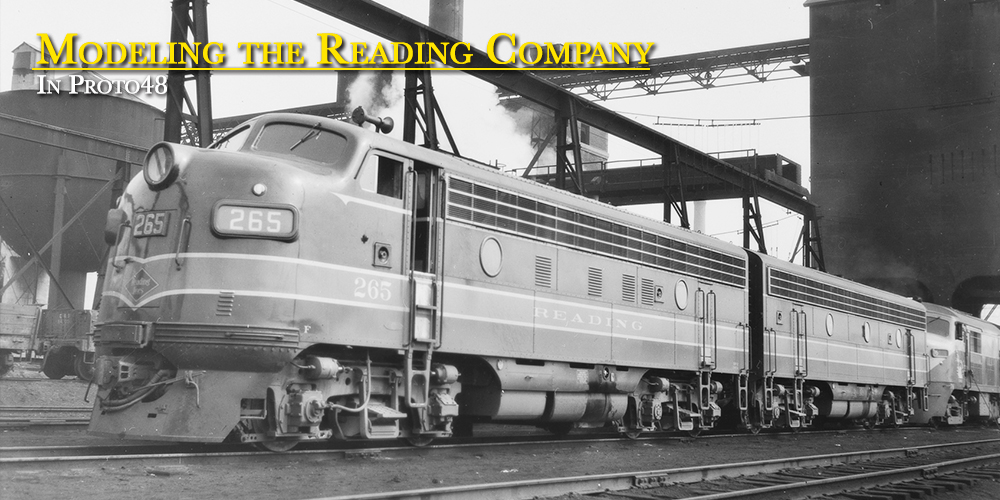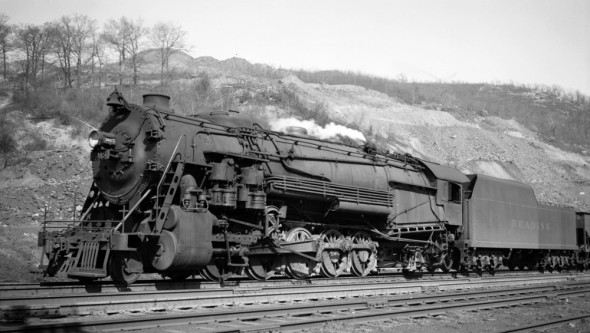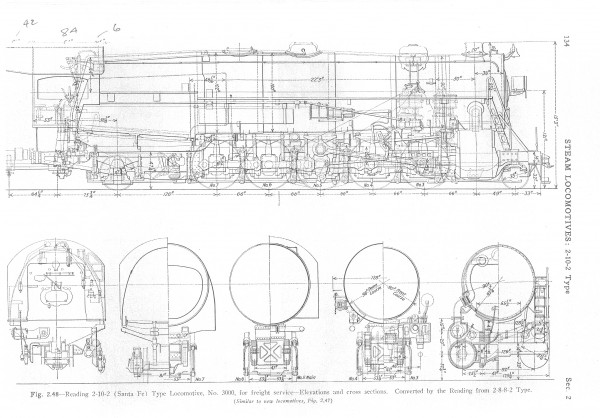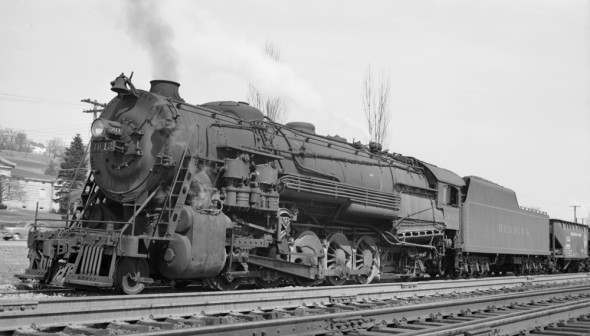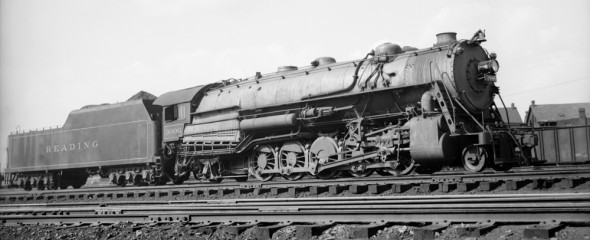The story of the Reading K1 2-10-2 is told very well in a 16 page article in the May/June 1981 issue of Mainline Modeler by Bert Pennypacker “Reading 2-10-2 It should have been a Texas” I do not plan to go into all the details the article did, instead I’ll go over the highlights. There is an HO scale drawing of the K1sd in the center spread of the magazine.
The Reading 3000-series K1 started as a rebuilding program in 1927 with parts supplied by Baldwin. The first 11 locomotives were rebuilt in the Reading Shops from N1’s 2-8-8-2 which were built between 1917-1919. An additional ten locomotives (3011-3020) were built by Baldwin. The 3000-3009 were classed K1-sa, 3010 was classed K1-sc, and the 3011-3020 were classed K1-sb.
The 3010 was classed K1-sc because it was built with Caprotti valve gear. This proved to be troublesome to operate and costly to maintain. In 1942 it was replaced with the same Walscheart valve gear the others locomotives had and the 3010 was re-classed as K1-sa.
In 1945 while the Reading shops were busy building the T1 4-8-4’s the K1received some modernization changes including dynamically cross-balanced Baldwin disc main driving wheels, tapered main rods and high speed drifting valves. These changes where made to increase the K1’s potential speed from 50 to 60 m.p.h. making them similar to the new T-1’s. The locomotives were re-classed from K1-sa/b to K1-sd/e.
By 1948, the diesels arriving on the railroad started to bump the K1’s from their normal routes. They started to be reassigned into the coal regions and on the Shamokin Division.
The class survived intact until the first end of steam on the Reading in the beginning of 1954. The rebuilt K1’s were first to be retired in May of 1954. Followed by the Baldwin built locomotives in March of 1955. There were No survivors from the scrappers torch.
References:
Mainline Modeler, May/June 1981 – “Reading 2-10-2 It should have been a Texas” by Bert Pennypacker
Reading Steam Pictorial
Photograph’s from George Losse Collection scanned from original negatives.
